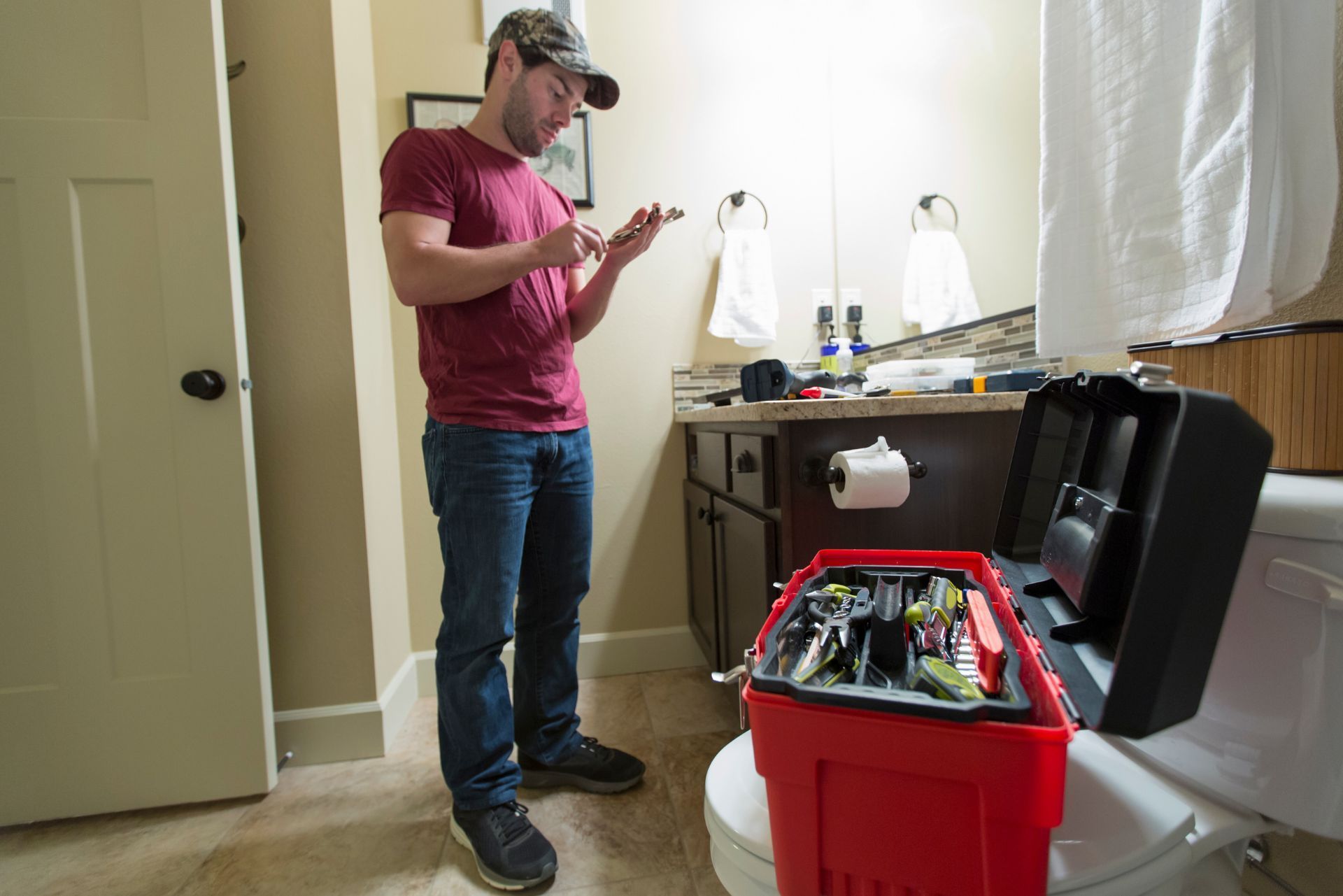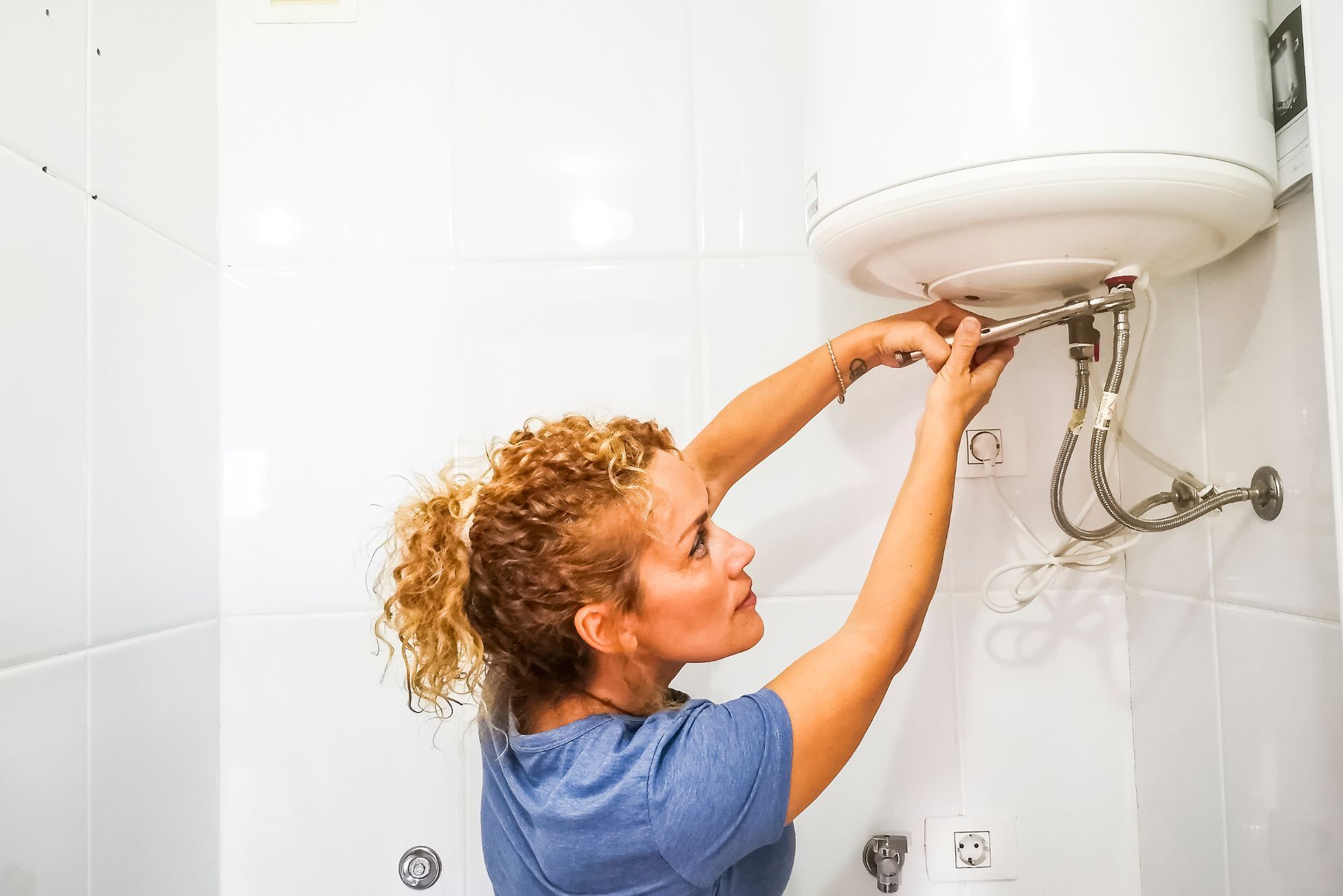Ohio Residential Plumber Insurance

Index
Why Ohio Plumbers Need Specialized Insurance
Key Insurance Coverages for Ohio Residential Plumbers
Cost Factors and Premium Insights for Ohio Plumber Insurance
Managing Risks: Best Practices for Ohio Residential Plumbers
Ohio-Specific Considerations for Residential Plumber Insurance
Insurance Comparison: What Ohio Plumbers Should Look For
What Ohio Plumbers Should Remember When Choosing Insurance
Contact Us
Phone
216-600-2828
Location
100 N. Center Street PO Box 627 LaGrange, OH 44050
One broken pipe in a client’s home can quickly spiral into a costly insurance claim. Water damage accounts for nearly a quarter of all insurance claims nationwide, with homeowners facing average costs around $10,000 per incident. For plumbers in Ohio, this reality underscores the importance of having the right insurance coverage tailored to the unique risks of residential plumbing work. Understanding the landscape of plumber insurance in Ohio helps professionals protect their business and clients from unexpected financial setbacks.
With the plumbing labor force in Ohio expected to peak around 2028 at nearly 570,000 workers, competition and risk exposure are both rising. This article breaks down the essential insurance considerations for residential plumbers serving Ohio homeowners, offering insight into coverage types, cost factors, and risk management strategies.
Why Ohio Plumbers Need Specialized Insurance
Plumbing work involves more than just fixing leaks and installing pipes. It carries inherent risks that can affect both the plumber and the homeowner. Water damage from plumbing failures is a leading cause of costly insurance claims, responsible for about 37% of all water damage claims nationally. These incidents often go unnoticed for days, allowing structural damage to worsen and repair costs to skyrocket. The ramifications of such failures can extend beyond immediate repairs, leading to potential health hazards like mold growth, which can pose serious risks to occupants, especially in homes with children or elderly residents.
Ohio’s climate and infrastructure add layers of complexity. Aging homes and multi-family buildings in cities face increasing water damage claims due to outdated plumbing and tenant-related issues. Plus, external water intrusion like storm flooding or sewer backups contribute to over 60% of water damage claims, making plumbing work in Ohio especially vulnerable to these external factors. The state experiences seasonal fluctuations that can exacerbate these risks, with heavy rains in spring and winter freezes that may lead to pipe bursts. Plumbers must be particularly vigilant during these times, as the combination of old infrastructure and extreme weather creates a perfect storm for plumbing disasters.
Given these risks, Ohio plumbers must secure insurance that covers property damage, liability, and workers’ compensation. The state’s workers’ compensation rate for plumbers is $2.14 per $100 of payroll, which is a critical cost factor for business owners managing labor expenses. Additionally, specialized insurance can provide coverage for tools and equipment, which are often significant investments for plumbers. Theft or damage to these tools can halt operations and lead to lost income, underscoring the importance of comprehensive insurance plans. Furthermore, as the plumbing industry evolves with new technologies and eco-friendly practices, having the right insurance can also protect against liabilities associated with innovative plumbing solutions, ensuring that plumbers are prepared for the future.
More details on plumbing workforce trends and insurance costs in Ohio can be found at
ConsumerAffairs plumbing industry statistics.

Key Insurance Coverages for Ohio Residential Plumbers
General Liability Insurance
This coverage is fundamental for any plumber. It protects against third-party claims involving bodily injury or property damage caused during plumbing work. For example, if a pipe bursts during a repair and floods a client’s home, general liability insurance helps cover the resulting damages and legal fees.
Water damage claims are a significant driver of these costs. With claims increasing about 4% annually due to aging infrastructure and climate factors, having robust liability coverage shields plumbers from potentially devastating financial exposure. Additionally, it is worth noting that general liability insurance can also cover incidents that occur off-site, such as damage caused by a plumber while transporting tools or materials to a job site. This broad scope of protection is essential for maintaining a plumber's reputation and financial stability in a competitive market.
Professional Liability Insurance
Also known as errors and omissions insurance, this protects plumbers against claims arising from mistakes or negligence in their professional services. It covers situations where faulty workmanship leads to damage or loss, such as improper installation causing leaks down the line. This type of insurance is particularly important in Ohio, where the plumbing code is strict, and compliance is crucial to avoid penalties.
Moreover, professional liability insurance can also cover legal defense costs if a client claims that a plumber's advice or service was inadequate or led to financial loss. Given the complexity of plumbing systems and the potential for miscommunication with clients, this coverage is a vital safeguard for plumbers, allowing them to focus on their craft without the constant worry of litigation hanging over their heads.
Workers’ Compensation Insurance
Ohio requires plumbers with employees to carry workers’ compensation insurance. This coverage pays medical expenses and lost wages if a worker is injured on the job. Given the physical demands and hazards of plumbing—working in tight spaces, handling heavy equipment, and exposure to water and electricity—this insurance is essential for protecting your team. It also fosters a safer work environment by encouraging employers to implement safety measures and training programs.
In addition to covering medical costs, workers’ compensation can also provide rehabilitation services for injured workers, helping them return to work more quickly and effectively. This aspect not only supports the well-being of employees but also minimizes the financial impact on the plumbing business, ensuring that skilled labor is retained and operational downtime is reduced.
Commercial Auto Insurance
Many plumbers rely on vehicles for transporting tools and materials. Commercial auto insurance covers accidents involving work vehicles, which is crucial since vehicle-related claims can add significant costs to a plumbing business. This insurance protects against liability for injuries or damages caused by a plumber's vehicle while on the job, as well as covering the costs of vehicle repairs or replacement after an accident.
Furthermore, commercial auto insurance can also include coverage for tools and equipment stored in the vehicle, providing an extra layer of protection against theft or damage while on the road. Given the high value of plumbing equipment, this coverage is not just a convenience but a necessity for ensuring that a plumbing business can operate smoothly without the financial burden of unexpected vehicle-related incidents.
Equipment and Tools Coverage
Plumbing tools and equipment represent a substantial investment. Specialized coverage protects against theft, damage, or loss of these assets, ensuring business continuity after unexpected incidents. This type of insurance is particularly important in Ohio, where the risk of theft can be heightened in urban areas, and the cost of replacing specialized tools can be prohibitive for small businesses.
Additionally, equipment and tools coverage can extend to include rental equipment, which is often necessary for larger jobs or specialized tasks. By having this coverage, plumbers can avoid significant out-of-pocket expenses that could arise from equipment failure or loss, allowing them to maintain their service quality and meet client expectations without interruption. This peace of mind enables plumbers to focus on their work, knowing they are protected against the unforeseen challenges that can arise in their day-to-day operations.
Cost Factors and Premium Insights for Ohio Plumber Insurance
Insurance premiums vary based on multiple factors including business size, coverage limits, claims history, and location. In Ohio, the workers’ compensation rate for plumbers stands at $2.14 per $100 of payroll, which directly impacts overall insurance costs.
Home insurance premiums nationwide have risen 21% recently, averaging $2,110 annually. While this figure is for homeowners, it reflects the growing cost of property damage claims, including those related to plumbing failures. Plumbers should anticipate that insurance premiums will reflect these upward trends as well.
Water damage claims from plumbing failures often cost around $7,000 to repair per incident. When mold is involved, remediation costs can increase by 30%, adding to the financial burden. These figures highlight why insurers carefully assess risk exposure when setting premiums for plumbing businesses.
Investing in risk mitigation measures such as regular inspections and smart leak detection can lower insurance costs. Smart home technologies have already led to a 25% decrease in water damage claims in some areas by catching leaks early. Similarly, routine sump pump and drainage system inspections prevent up to 60% of basement flooding, reducing claim frequency and severity.
For a deeper dive into water damage claim costs and trends, visit
WifiTalents water damage statistics.
Managing Risks: Best Practices for Ohio Residential Plumbers
Regular Maintenance and Inspections
Preventing water damage starts with proactive maintenance. Inspecting plumbing systems, sump pumps, and drainage regularly helps catch issues before they escalate. This approach not only protects clients’ homes but also reduces the likelihood of insurance claims.
Adopting Smart Leak Detection
Smart leak detectors can cut water damage claims by up to 50%. These devices alert homeowners and plumbers to leaks early, often before visible damage occurs. Incorporating smart technology into service offerings adds value and demonstrates a commitment to preventing costly disasters.
Clear Communication and Documentation
Thorough documentation of work performed, including photos and detailed reports, can protect plumbers in case of disputes or claims. Clear communication with clients about potential risks and maintenance recommendations also builds trust and reduces liability exposure.
Training and Safety Protocols
Ensuring all employees follow safety guidelines minimizes workplace injuries. Proper training on equipment use and hazard recognition is crucial. This not only safeguards workers but also keeps workers’ compensation claims in check.

Ohio-Specific Considerations for Residential Plumber Insurance
Ohio’s regulatory environment and market conditions shape insurance needs uniquely. The state’s workers’ compensation system and payroll rates influence premium calculations. Additionally, Ohio’s weather patterns mean plumbers must be prepared for claims spikes after storms and hurricanes, when flooding and external water intrusion increase dramatically.
Multi-family buildings in Ohio are seeing rising water damage claims due to aging infrastructure and tenant-related issues. Plumbers working in these environments should ensure their insurance covers the higher risks associated with these properties.
Ohio plumbers can benefit from working with insurers familiar with local risks and regulations. Tailored policies help avoid coverage gaps and ensure compliance with state laws.
More on Ohio’s workers’ compensation rates for plumbers is available at ContractorNerd’s plumber insurance guide.
Insurance Comparison: What Ohio Plumbers Should Look For
| Coverage Type | What It Covers | Why It Matters for Ohio Plumbers |
|---|---|---|
| General Liability | Third-party injury and property damage | Protects against costly water damage claims and lawsuits |
| Professional Liability | Errors, omissions, and negligence claims | Covers faulty workmanship leading to leaks or damage |
| Workers’ Compensation | Employee injury and medical expenses | Required by Ohio law; protects workers in a hazardous trade |
| Commercial Auto | Work vehicle accidents and damage | Essential for plumbers who travel frequently with tools |
| Equipment & Tools | Theft, loss, or damage of tools | Protects valuable assets critical to daily operations |
What Ohio Plumbers Should Remember When Choosing Insurance
Choosing the right insurance policy means balancing coverage needs with budget constraints. Ohio plumbers should consider policies that offer flexibility to scale as their business grows. Coverage limits must reflect the potential costs of water damage claims, which can average $7,000 or more per incident.
Working with an insurance agent who understands Ohio’s plumbing industry nuances can help identify gaps and avoid paying for unnecessary coverage. Also, plumbers should review policies annually to adjust for changes in workforce size, equipment, and service areas.
Investing in risk management, such as smart leak detectors and regular inspections, not only protects clients but can also lower premiums over time. These proactive steps demonstrate responsibility to insurers and reduce the frequency and severity of claims.
Frequently Asked Questions
Q: Is workers’ compensation insurance mandatory for plumbers in Ohio?
A: Yes. Ohio requires businesses with employees to carry workers’ compensation insurance to cover workplace injuries and related expenses.
Q: How can smart leak detectors impact my insurance costs?
A: Using smart leak detectors can reduce water damage claims by up to 50%, which may lead to lower insurance premiums by demonstrating risk mitigation.
Q: What is the average cost of water damage repairs from plumbing failures?
A: Repairs typically average around $7,000 per incident, with costs rising if mold remediation is needed.
Q: Does general liability insurance cover water damage claims?
A: Yes. General liability insurance protects against third-party property damage, including water damage caused by plumbing work.
Q: How often should I review my plumber insurance policy?
A: It’s best to review your policy annually or whenever your business changes in size, services, or equipment to ensure adequate coverage.
Q: Are there specific risks for plumbers working in multi-family buildings?
A: Yes. Aging infrastructure and tenant-related issues increase water damage claims in multi-family properties, so additional coverage or endorsements might be necessary.
Final Thoughts
Ohio residential plumbers face a unique set of challenges that make specialized insurance essential. Water damage claims from plumbing failures are costly and rising, driven by aging infrastructure and climate factors. Protecting your business with comprehensive coverage-general liability, professional liability, workers’ compensation, and more-helps manage these risks effectively.
Investing in smart leak detection and routine maintenance reduces claim frequency and can lower insurance premiums. Understanding Ohio’s insurance landscape, including payroll-based workers’ compensation rates and local risk factors, empowers plumbers to make informed decisions that safeguard their livelihood and reputation.
For more detailed insights into plumbing industry trends and water damage claims, explore
Gitnux’s water damage claims report and
CoinLaw’s home insurance statistics.


